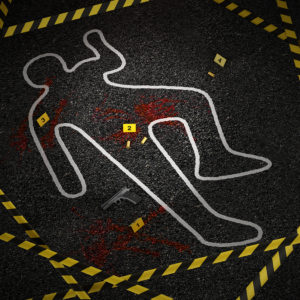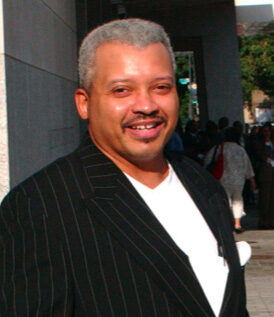The question was a poignant one, even if it was sanitized.
On the same Aug. 4 weekend of the horrific mass shootings in El Paso and Dayton, CNN anchor Jake Tapper, during his Sunday morning show, “State of the Union,” asked presidential candidate and New Jersey senator Cory Booker a classic “what-about-this” scenario.
Tapper said to Booker: “You know better than I, being the mayor of Newark, most gun deaths are not from mass shootings. Most gun deaths are not from semi-automatic weapons. How would your gun legislation prevent those, the ones that don’t get the media attention because they’re one-offs, they’re incidents that take place in the inner city, and, frankly, because they’re individual and because it takes place in high-crime areas, the media doesn’t pay as much attention to it?”
Once you strip away the code words and euphemisms, let’s try the unvarnished, non-diplomatic version of Tapper’s real question: “Senator Booker, most gun deaths occur by the use of handguns. We see shootings in cities such as Newark, New Jersey, which is your territory. And in other big cities, namely Chicago, Detroit, Baltimore, St. Louis, Philadelphia, Atlanta, Memphis, Washington. Gun violence that occurs mostly in impoverished, predominantly black neighborhoods. So, what would you do about it?”
Booker really didn’t answer Tapper’s actual question. Instead, he mumbled something about our nation’s spirituality. Booker responded: “This is a uniquely American problem. But I believe we can solve it with that unique American spirit that just says, enough. We are going to do the things we know that can protect our families and our communities and our houses of worship and our concerts and our malls.”
OK, we will call that a dodge.
And, in the real world, on the same weekend as the El Paso and Dayton massacres a mere 13 hours apart, there were two mass shootings in Chicago. In one weekend. One city. Within a three-hour span.
In the first Chicago incident, seven people who were part of a gathering in a park were shot when a person in a black Chevrolet Camaro opened fire. None died. That was about 1:20 a.m. Chicago time.
In the second Chicago incident, eight people were shot when multiple shooters opened fire toward revelers enjoying a street block party. That occurred around 3:45 a.m. One man died.
The Chicago Police Department attributes most of this insane violence as gang- and/or drug-related — with many of the victims caught in the crossfire, often black children. During that weekend, seven people were shot to death, with 46 wounded.
Just another hot 48 hours in Chicago.
According to the CPD, approximately 75 percent of the homicide victims in Chicago are black; about 18 percent are Hispanic. Note that black, white and Hispanic folk each represent about 30 percent of Chicago’s population.
How many of us heard through the national media about these Chicago mass shootings?
The next question: Why not?
Is it because unparalleled black-on-black violence is so common nowadays that it’s considered just normal behavior in some communities? Might it be that black folk are expected to harm each other? Therefore, it isn’t news anymore. Or perhaps intra-racial black violence isn’t sexy or sensational enough for the media.
It’s easy to sensationalize massacres such as El Paso; it has all the markings of a suspense thriller. You know, a white male who despises Hispanic people drives 650 miles with a long gun and loads of ammunition to execute his own inter-racial jihad as part of some kind of ideological armageddon. Like something out of “In Cold Blood,” the true-crime novel by Truman Capote.
Covering destructive black gang-bangers apparently isn’t sexy enough.
Or maybe the issue is racial sensitivity. Again, let’s be real: Covering predominantly black communities is a difficult chore for most media outlets. The key issue usually is sensitivity. As in how to strike a meaningful balance in covering negative news vs. positive news in such communities.
And leaning too much either way can be problematic. If you don’t cover the struggles in these communities, some black residents might say, “Media people don’t care about us.” Cover the struggles too much and residents might utter, “Media people only come when something bad happens around here.”
Now back to Chicago. The weekend after El Paso and Dayton, Chicago was the scene of another mass shooting as six people, including five women, were wounded in a drive-by shooting in a park. That weekend, 48 people were shot with two deaths. So, three mass shootings during an eight-day span in Chicago’s black neighborhoods.
Jennifer Mascia is an audience-engagement writer for “The Trace,” a website publication devoted solely to gun violence. Yes, Mascia writes about who gets shot in the United States. She told CNN during a panel discussion: “In communities of color, shootings there bear the disproportionate burden of gun violence in terms of homicide, and those shootings are not nearly as covered.”
That’s the norm in an abnormal situation.


